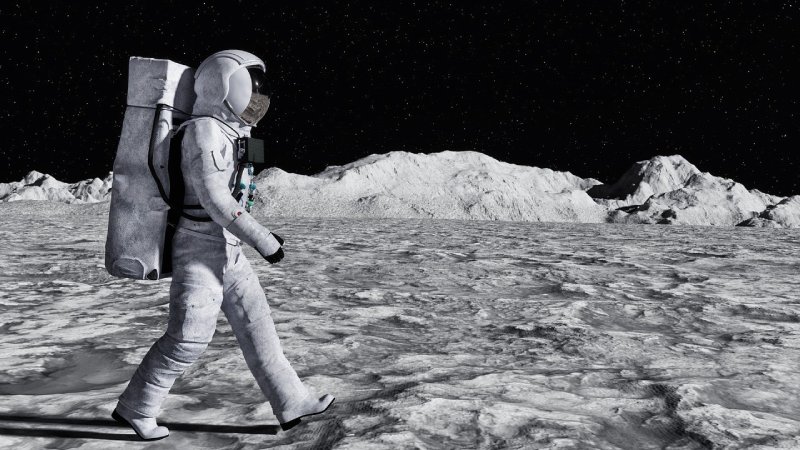Life on the Moon: Is It Even Possible?

The idea of life on the Moon has long fascinated scientists, science fiction enthusiasts, and dreamers alike. While the Moon is barren and harsh, possessing only an exosphere, some researchers have explored the possibility of human colonization. Is it even possible?
1. The Irradiated Atmosphere
The lunar environment is incredibly hostile. With its extreme temperatures, lack of atmosphere, and high radiation levels, it seems like an unlikely place for life to thrive. However, recent technological advancements and our understanding of extremophiles, organisms that can survive in extreme conditions on Earth, have sparked renewed interest in the possibility of lunar colonization. But don’t expect to live on the surface, even in shielded structures. Humans almost certainly would need to burrow deep beneath the surface,
2. A Ray of Hope
One of the most promising avenues for life on the Moon is the potential presence of water. Recent discoveries have indicated the existence of water ice in the permanently shadowed regions of the Moon, where temperatures can drop to a bone-chilling -250 degrees Fahrenheit. Recently, scientists have confirmed the presence of molecular water (H2O) hosted in tiny lunar glass beads or trapped in a sunny but extremely cold lunar soil called regolith. Water is essential for life as we know it, and if it can be extracted and harnessed, it could be a vital resource for future lunar colonies.
3. Life on the Moon
Research suggests that extremophiles could potentially survive on the Moon. These resilient microorganisms have been found in some of Earth’s most extreme environments, such as deep-sea hydrothermal vents and acidic hot springs. Scientists are exploring whether extremophiles could be used to kickstart a lunar ecosystem by adapting them to harsh lunar conditions. Perhaps, too, extremophiles could point humankind in the direction of genetic modifications conducive to lunar habitation.
The bottom line is that we humans could make the Moon our home for extended periods, furthering our understanding of lunar life potential. Whether we would thrive there as a race depends a great deal on the will and drive of future lunar pioneers. As our knowledge of space and technology progresses, the Moon may become a hub for scientific investigation and even a stepping stone for further celestial exploration.
Thus, the dream of life on the Moon is no longer purely the stuff of science fiction. But until this dream becomes a reality, we must rejoice in the beauty with which science fiction celebrates the possibility of life on the Moon.
Artell and Troy Smith’s Taj’s Sabbatical is a science fiction story that goes beyond the years-old human fascination with aliens. Set in the backdrop of a lunar landscape, it is the story of Taj, a Sol System Kingdom Enforcer, and the life-threatening situation his family has been thrust into.
Taj’s Sabbatical —coming soon on Amazon.